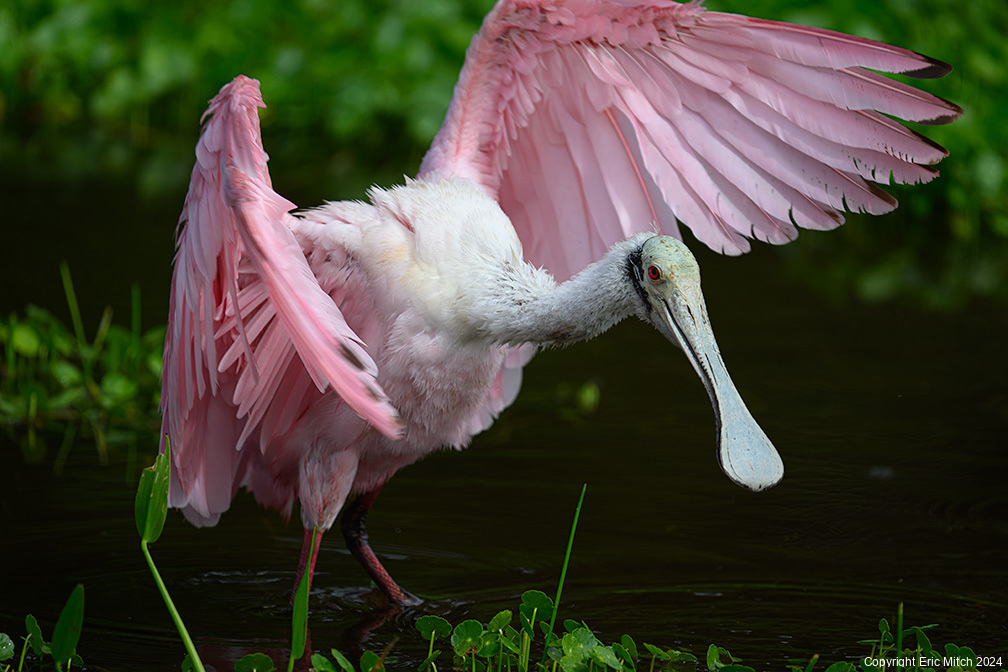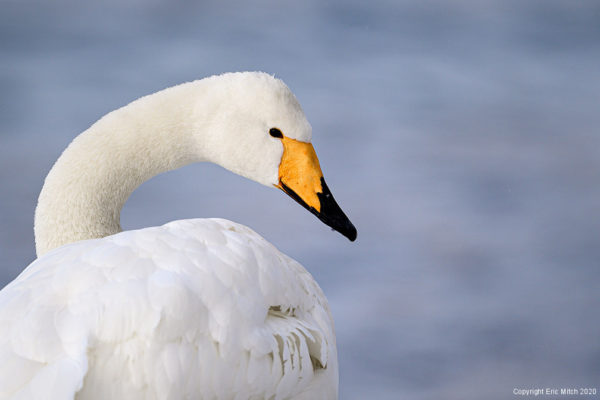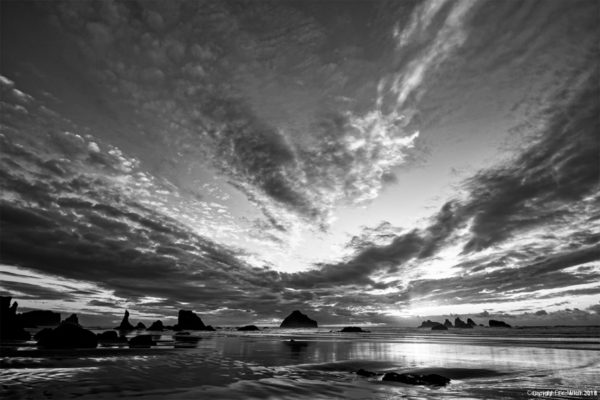Taken with the Nikon Z 9 and Nikon NIKKOR Z 600mm f/4 TC VR S Lens
In the early days, spoonbills were commonly found in the muddy marshes and wetlands of Florida. These areas provided the perfect environment for these birds to feed on small fish, crustaceans, and insects. However, as human development and urbanization began to encroach on these natural habitats, the spoonbills were forced to adapt.
As their marshy homes were drained and filled, the spoonbills had to find new places to call home. They began to migrate to coastal areas, where they could find shallow waters and mudflats to forage for food. This change in habitat also brought about a change in their diet, as they started to feed on a wider variety of prey, including mollusks and aquatic plants.
But perhaps the most significant change in the spoonbill’s habitat came with the restoration of the Everglades. This vast wetland ecosystem, which had been drained and altered for agricultural purposes, was slowly restored to its natural state. This not only provided a safe haven for the spoonbills but also brought back the abundance of their preferred food sources.
Today, the spoonbill’s habitat in Florida is a mix of coastal areas, wetlands, and preserves. This diverse range of habitats has allowed the spoonbills to thrive and has even led to an increase in their population. These majestic birds can now be seen in large flocks, gracefully flying over the state’s waterways and wetlands. In this case, a spoonbill takes refuge in a water reclamation pond in the center of Palm Beach County and Wakodahatchee Wetlands.
From muddy marshes to majestic flight, the evolution of spoonbill habitat in Florida is a testament to the resilience and adaptability of these birds. As we continue to work towards preserving and restoring their natural habitats, we can ensure that future generations will also have the opportunity to witness the beauty of these magnificent creatures. So the next time you catch a glimpse of a spoonbill in Florida, take a moment to appreciate the journey that these birds have taken to get to where they are today.




